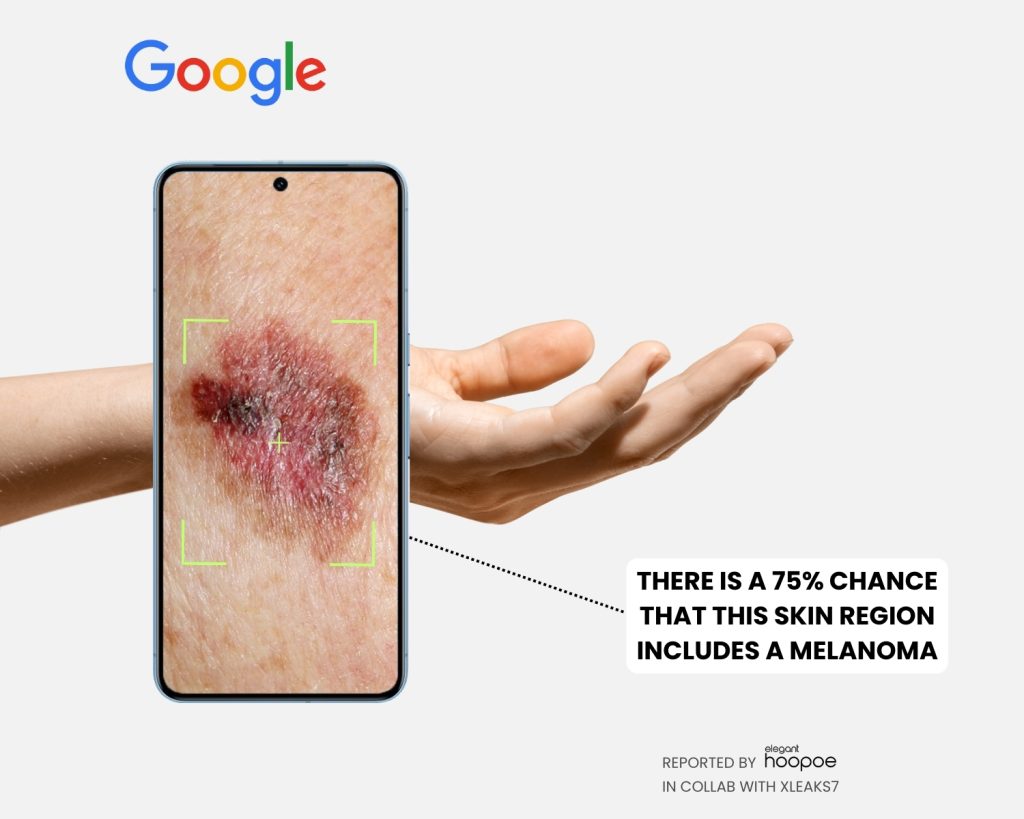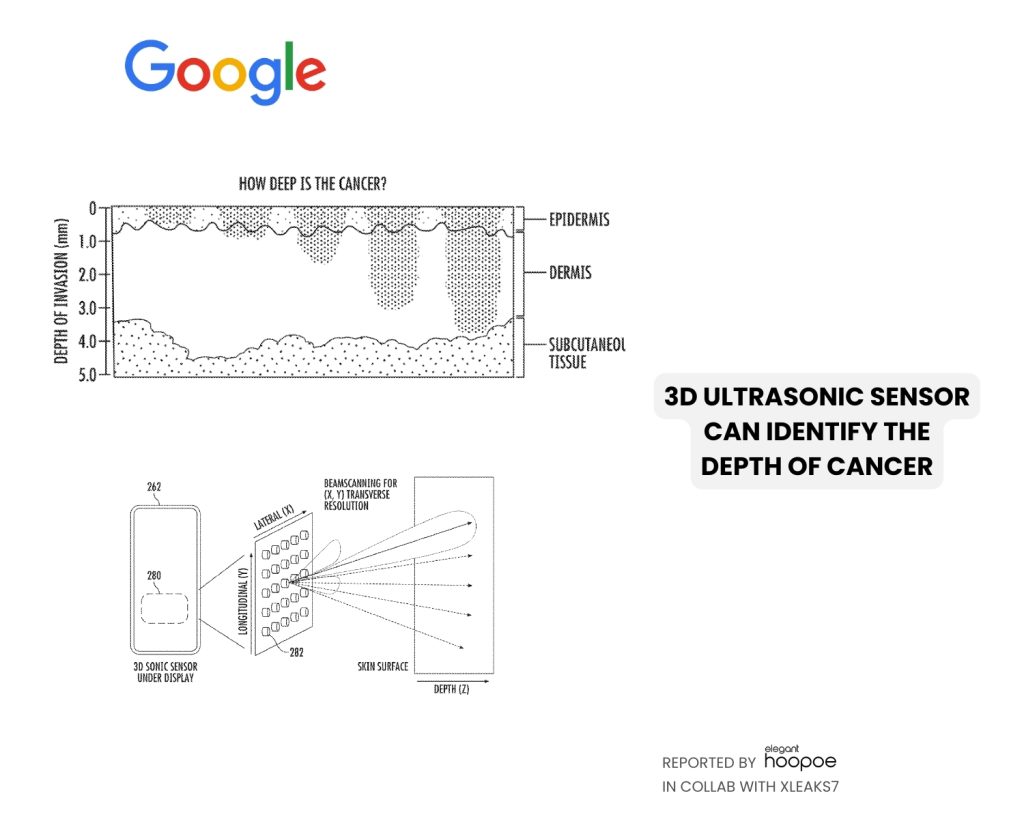Your Smartphone Can Turn into Skin Cancer Diagnostic Tool, Thanks to 3D Ultrasonic Sensor
Transforming Skin Diagnostics with 3D Ultrasonic Sensors
Introduction In today’s fast-paced world, early and accurate diagnosis of skin conditions, especially skin cancer, is crucial. Traditional diagnostic tools are often inaccessible due to high costs and complexity, leading to late treatments and preventable deaths.
The Innovation Thanks to our partnership with David from @xleaks7, we discovered a new Google patent that promises to revolutionize skin diagnostics. This patent aims to democratize skin health monitoring by leveraging technology already present in many smartphones.
Google’s Solution In 2021, Google trialed its “dermatology assist tool” for spotting skin, hair, and nail conditions from uploaded images. The tool, awarded a CE mark in Europe, marked the beginning of Google’s journey into health diagnostic technology.
The new patent enhances early detection and diagnosis of skin conditions, particularly skin cancer, using advanced 3D sonic sensors. These sensors gather volumetric data about skin lesions, analyzed by machine learning models to identify potential skin cancer conditions. The diagnostic results, including confidence levels, are displayed on the device for further clinical evaluation.

Advantages of the New Technology
- User Interface for Diagnosis: Displays diagnostic outputs on a smartphone, showing skin cancer analysis results.
- Machine Learning Integration: Identifies skin cancer features based on volumetric data.
- Depth Analysis for Accuracy: Analyzes the depth of skin lesions, distinguishing benign from malignant conditions.
- 3D Ultrasonic Sensor: Captures detailed images by resolving depth information.
- Imaging Technology: Uses ultrasonography for more accurate clinical data.
- Training and Deployment: Utilizes high-resolution sensor data and annotated features to train the machine learning model.
- User Authentication: Authenticates users via fingerprint scanning with the same sensor technology.
- Confidence Scoring: Provides a confidence score indicating the reliability of the diagnosis.
- Clinical Evaluation: Allows clinicians to review and evaluate data and diagnostic reasoning.

Conclusion The integration of machine learning with 3D sonic sensor technology in skin diagnostics is set to transform healthcare. Expect improved accuracy in early detection, widespread adoption in consumer devices, enhanced personalization, and expansion into other medical fields. This innovation promises more accessible, precise, and effective healthcare solutions, revolutionizing skin condition monitoring and treatment.
Comments
Post a Comment